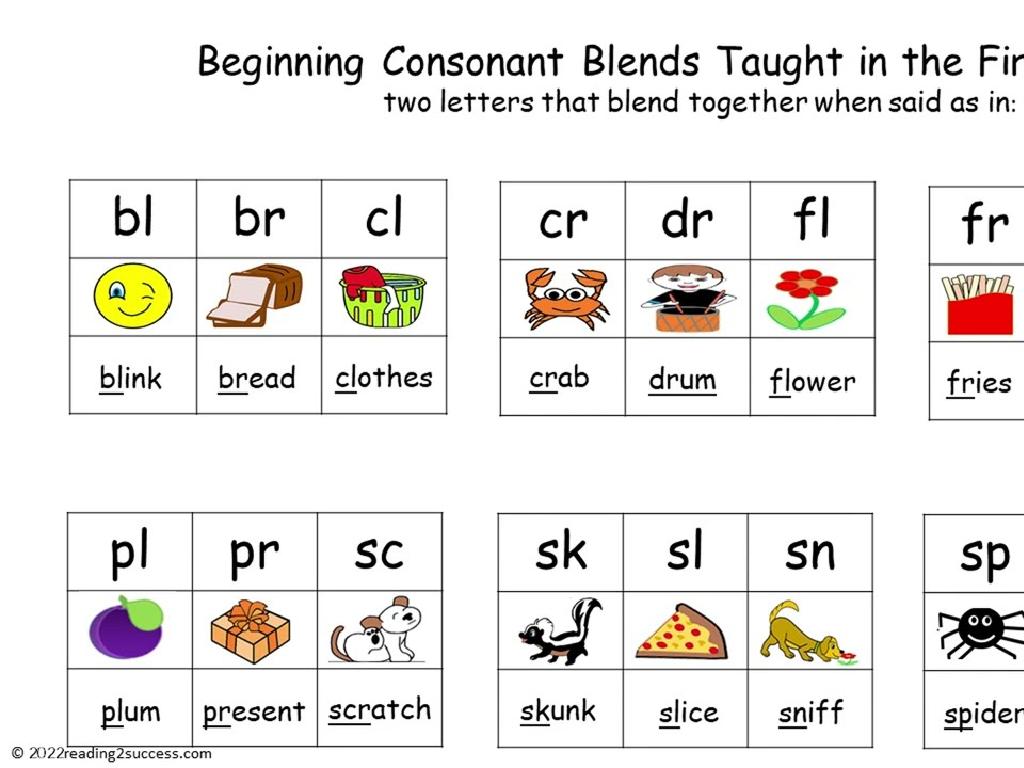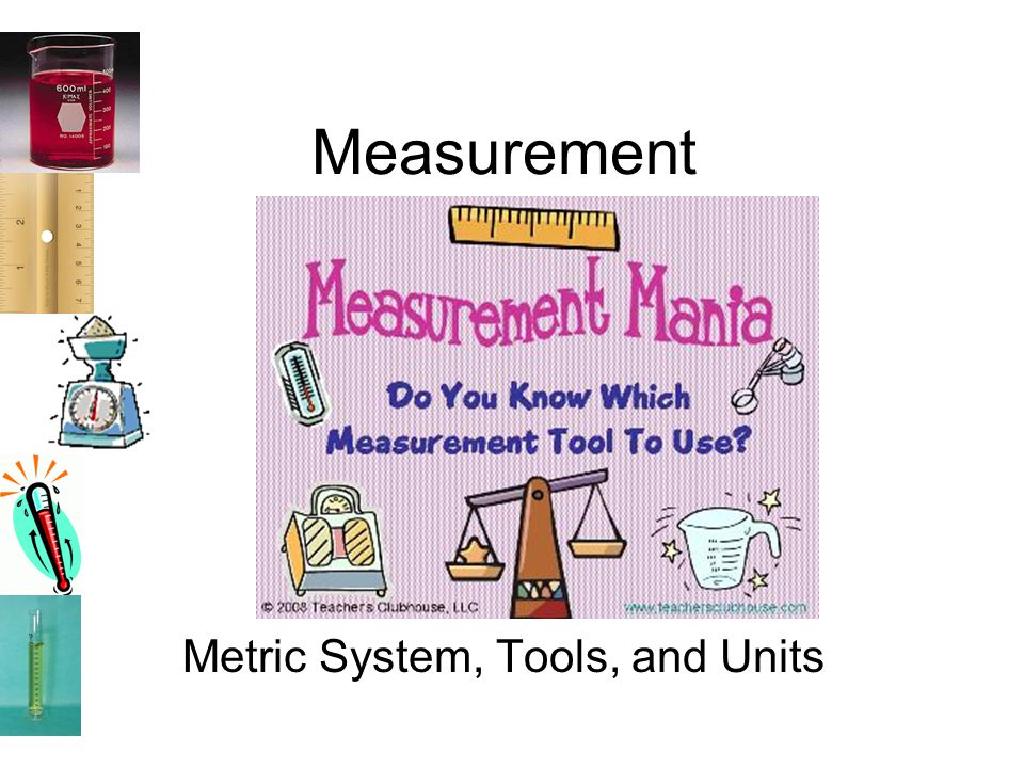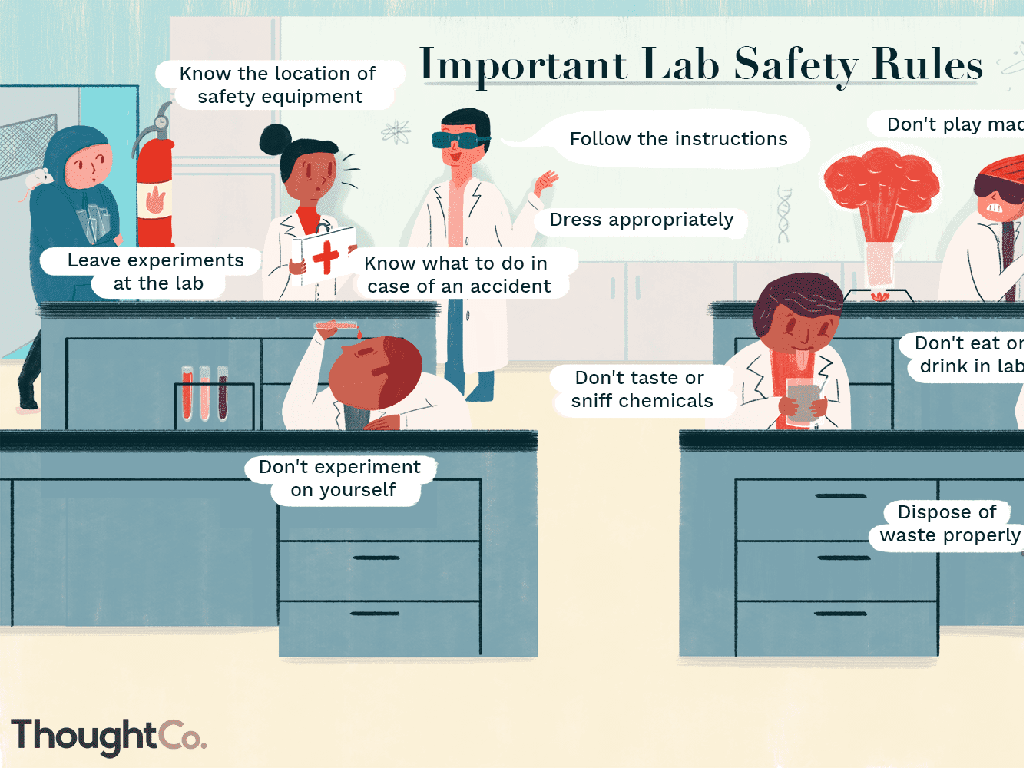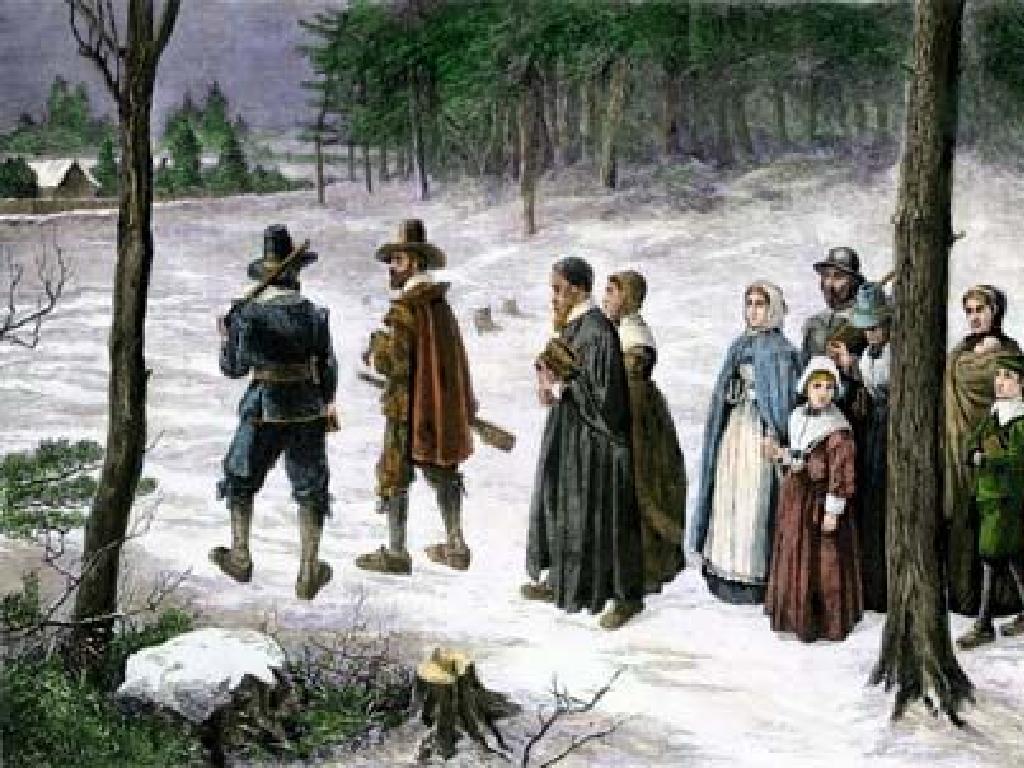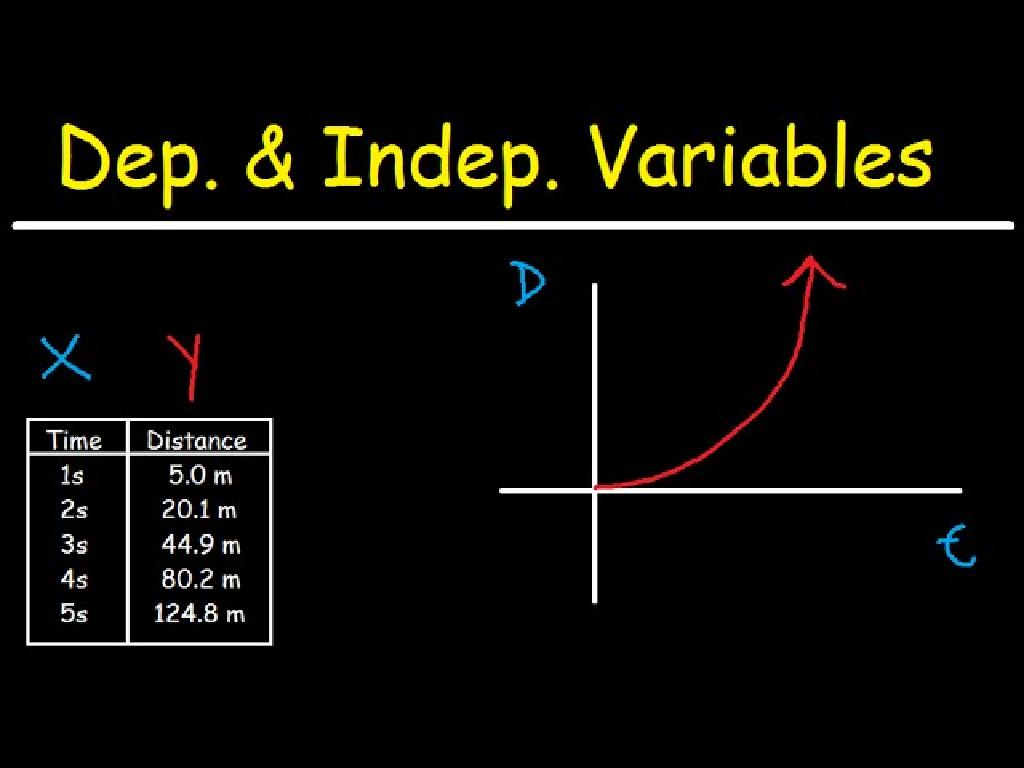Which Word Is A Noun?
Subject: Language arts
Grade: Second grade
Topic: Nouns
Please LOG IN to download the presentation. Access is available to registered users only.
View More Content
Welcome to Nouns!
– Greeting and topic introduction
– Nouns: person, place, thing, idea
– Examples: ‘teacher’ (person), ‘school’ (place), ‘book’ (thing), ‘happiness’ (idea)
– Observe and name classroom objects
– Desk, chair, board: all are nouns
– Engage with the concept of nouns
|
Begin the class with a warm welcome and introduce the topic of nouns to the students. Explain that nouns are words that name people, places, things, or ideas. To make this concept tangible, ask the students to look around the classroom and identify objects they can see, such as their desk, a chair, or the whiteboard, and recognize these objects as nouns. This activity will help them connect the abstract concept of nouns to concrete items in their environment. Encourage participation from all students to ensure they are actively engaging with the concept of nouns.
Exploring Nouns
– What is a noun?
– A noun is the name of a person, place, thing, or idea
– Examples: Amy, school, ball
– ‘Amy’ is a person, ‘school’ is a place, ‘ball’ is a thing, ‘happiness’ is an idea
– Nouns in pictures
– Look at pictures, find and say the nouns
– Nouns are things we see or feel
– Some nouns you can touch, like a ‘chair’, and some you feel inside, like ‘love’
|
Begin the lesson by defining a noun in a way that second graders can easily understand. Use concrete examples like ‘Amy’, ‘school’, and ‘ball’ to illustrate nouns that name people, places, and things. Introduce ‘happiness’ as an example of a noun that names an idea, which can’t be touched but can be felt. Use visual aids such as pictures to help students identify nouns in a fun and interactive way. Explain that nouns are not just objects that we can see and touch, but also concepts and feelings that we experience. Encourage students to think of their own examples of tangible and intangible nouns to share with the class.
Common and Proper Nouns
– Common vs. Proper Nouns
– Common nouns are general names, proper nouns are specific.
– ‘city’ vs. ‘New York City’
– Example: ‘city’ is a common noun, ‘New York City’ is a proper noun.
– Activity: Common or Proper?
– Look at nouns and decide if they name something general or specific.
|
This slide introduces the concept of common and proper nouns to second-grade students. Begin by explaining that a common noun is a general name for a person, place, or thing, like ‘city’ or ‘dog’. In contrast, a proper noun is a specific name for a particular person, place, or thing, such as ‘New York City’ or ‘Lassie’. Use the examples provided to illustrate the difference. For the activity, provide a list of nouns and ask students to identify whether each is a common or proper noun. This can be done as a class, in small groups, or individually. Possible activity variations include sorting words into categories, a scavenger hunt for nouns in a text, or creating a noun flipbook with different examples.
Singular and Plural Nouns
– Singular vs. Plural nouns
– Singular means one, plural means more than one
– Adding ‘s’ or ‘es’ for plurals
– Most nouns add ‘s’, but some end in ‘es’ like ‘boxes’
– Activity: Making plurals
– Change words like ‘cat’ to ‘cats’ and ‘bus’ to ‘buses’
|
This slide introduces the concept of singular and plural nouns to second graders. Begin by explaining that singular nouns refer to one thing, while plural nouns refer to more than one. Demonstrate how most nouns become plural by adding ‘s’ at the end (e.g., ‘dog’ becomes ‘dogs’), and some nouns require ‘es’ (e.g., ‘witch’ becomes ‘witches’). For the activity, provide a list of singular nouns and have students convert them into plural forms. Possible activities include: 1) Writing singular nouns on cards and having students write the plural form on the back. 2) Creating a worksheet with singular nouns for students to transform into plurals. 3) Using objects in the classroom for students to name and then make plural. 4) Encourage students to think of their favorite animals or toys and write both the singular and plural forms. 5) Have a ‘plural race’ where students compete to write the plural forms of as many words as they can in a set time.
Finding Nouns in Sentences
– Practice finding nouns in sentences
– We’ll look at sentences and locate the nouns together
– Highlight nouns by categories
– Use colors: blue for people, red for places, green for things, yellow for ideas
– Students identify nouns on the board
– Volunteers will come up to find and mark nouns
– Discuss the importance of nouns
|
This slide is aimed at helping second-grade students practice identifying nouns within the context of sentences. Start by explaining that a noun can be a person, place, thing, or idea. Show sentences on the board or on a worksheet and work through them together, finding and highlighting the nouns. Use different colors to categorize the nouns, which will help students visually distinguish between the types. Invite students to the front to participate in finding nouns, which will engage them and reinforce their learning. Discuss why nouns are important in our language, as they are the words that name everything around us. For the teacher: Prepare sentences with a variety of nouns and have a set of colored markers ready for the activity.
Let’s Play a Game: Noun Hunt!
– Introduction to the Noun Game
– Divide into teams for a challenge
– Listen to a story read aloud
– Pay attention to people, places, and things
– Write down all the nouns you find
– Use your noun detective skills!
|
This interactive game is designed to help second graders identify nouns in a fun and engaging way. By dividing the class into teams, students will be motivated to participate and collaborate. As the teacher reads a short paragraph, students will listen carefully for any words that represent people, places, things, or ideas, which are all nouns. Each team will write down the nouns they identify, and after the reading, teams can compare their lists and discuss their findings. This activity not only reinforces the concept of nouns but also enhances listening skills and teamwork. Prepare a paragraph with a good mix of nouns and non-nouns to challenge the students. Consider offering a small reward for the team that identifies the most nouns to encourage participation.
Class Activity: Noun Hunt
– Understand the ‘Noun Hunt’ game
– Search for nouns in the classroom
– Fill in the worksheet categories
– Person, place, thing, idea columns
– Get creative with unique nouns
– Think outside the box for nouns
|
This activity is designed to reinforce the concept of nouns in a fun and interactive way. Provide each student with a worksheet divided into four columns labeled ‘Person,’ ‘Place,’ ‘Thing,’ and ‘Idea.’ Explain that a noun can be a person, like a ‘teacher’ or ‘doctor’; a place, like ‘school’ or ‘park’; a thing, which can be anything they can touch, like ‘book’ or ‘pencil’; and an idea, which can be feelings or concepts like ‘happiness’ or ‘freedom.’ Encourage students to walk around the classroom and write down nouns they find in the appropriate column. Remind them to be as creative as possible and think of unique nouns that are not just common items they see. After the hunt, have a discussion where students share their nouns and explain why they chose them. This will help them understand how to categorize nouns and expand their vocabulary.
Becoming Noun Detectives!
– Review: What is a noun?
– A noun is a person, place, thing, or idea
– Share your noun discoveries
– Tell us about the nouns you found today
– Celebrate becoming ‘Noun Detectives’
– Great job on learning about nouns!
|
As we wrap up today’s lesson, revisit the definition of a noun and its types with the class. Encourage the students to share nouns they’ve identified during the lesson to reinforce their understanding. Congratulate them on their hard work and for becoming ‘Noun Detectives’. This will boost their confidence and make the learning experience memorable. For the next class, prepare a list of objects in the classroom and ask students to identify nouns among them to continue practicing.

